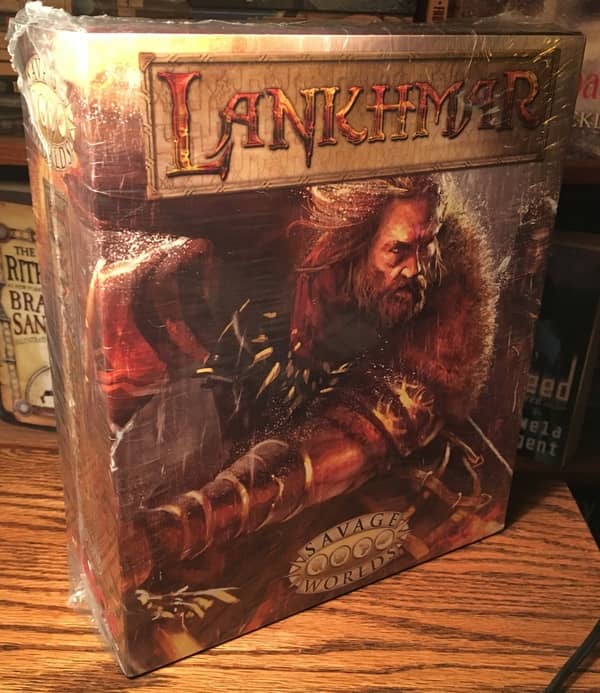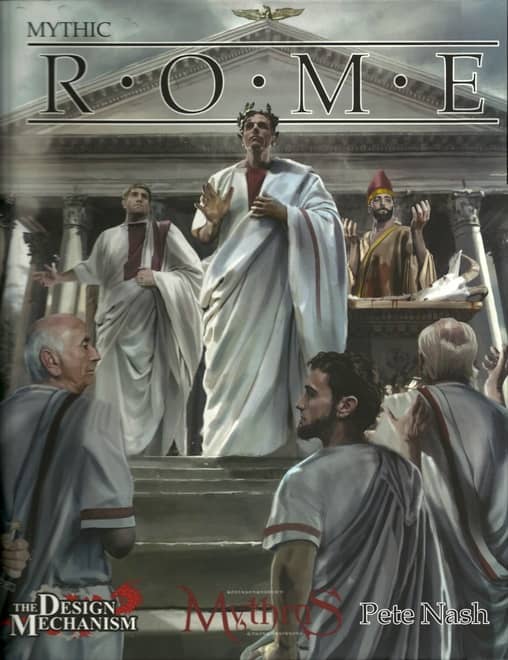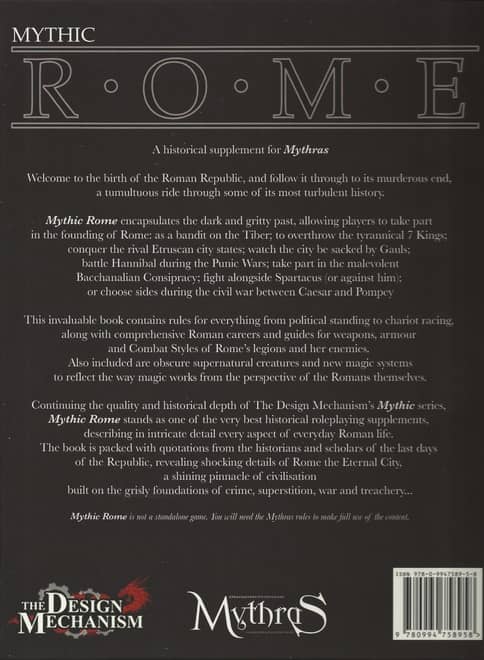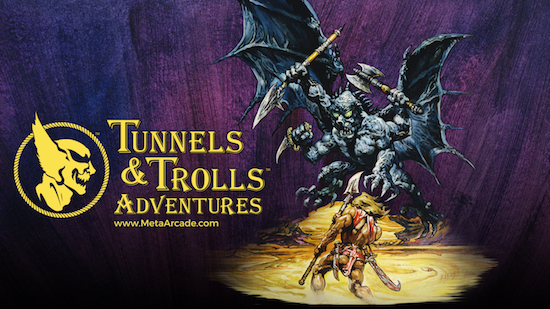Caverna The Cave Farmers: The Most Fun You’ll Have Managing Animals, Minerals and Vegetables
I’ve heard a lot about the top-selling Agricola. It was the board game that finally ended Puerto Rico‘s five year-rein as the highest-rated game at BoardGameGeek, and it thoroughly dominated the rankings from September 2008 until March 2010. It certainly sounds like something I should investigate, but I have to admit it’s hard to work up much enthusiasm… I mean, just how much fun can it be to simulate a farming couple living in a two-room hut?
As you can probably imagine, I was much more intrigued by Agricola‘s sequel Caverna: The Cave Farmers, which changed up the setting and added a fantasy veneer, putting you in the role of dwarves leading tiny family clans in mountain caves. The reviews have been pretty promising; Shut Up & Sit Down said:
The sequel to Agricola is here, and it’s the heaviest and most expensive game we’ve ever reviewed. A titan of the table.
There’s no question. Caverna: The Cave Farmers is the most fun you’re going to have managing animals, minerals and vegetables.
Wait, are they being snarky? It’s hard to tell. Only one way to find out for sure.. I finally took the plunge and shelled out $80 for a copy of Caverna, and it arrived today. And wow, this thing is gigantic.
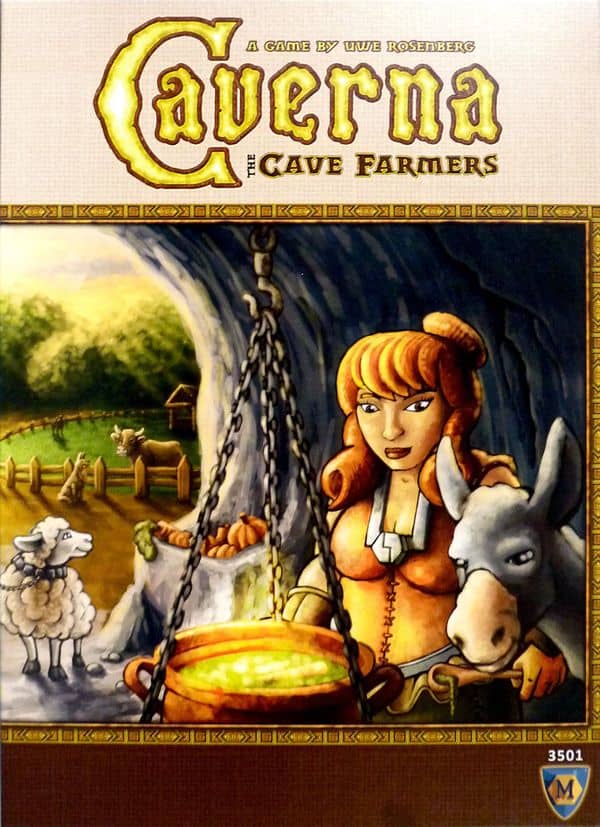


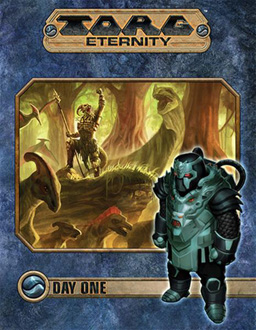 Last Sunday I ran my first session of Torg Eternity, meaning I can now finish my review of the game by discussing how the rules worked in practice (the first part is
Last Sunday I ran my first session of Torg Eternity, meaning I can now finish my review of the game by discussing how the rules worked in practice (the first part is 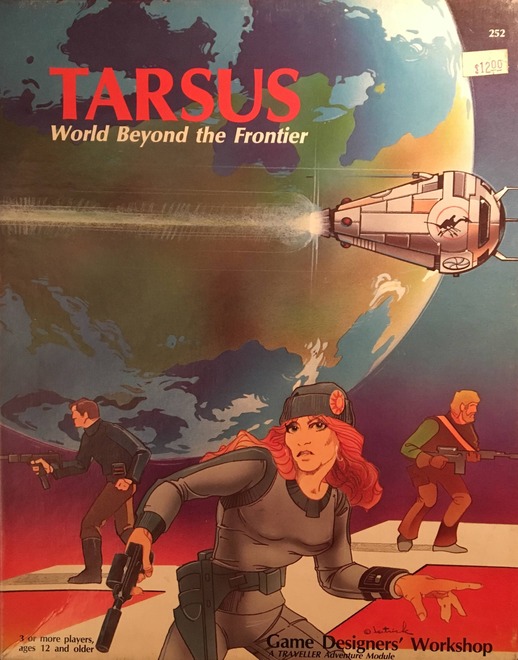
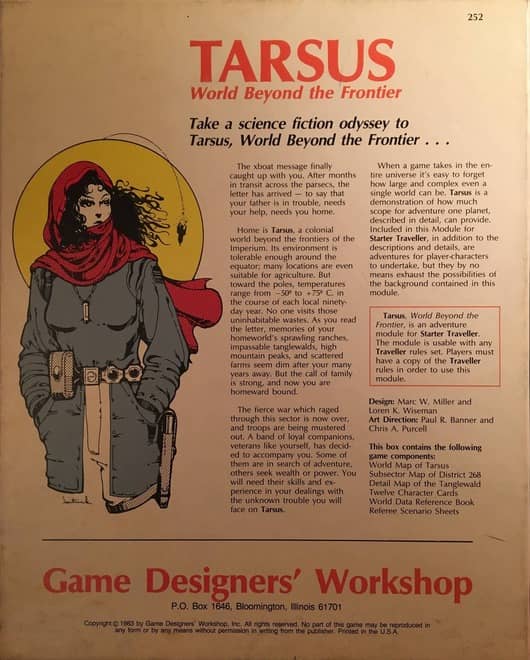
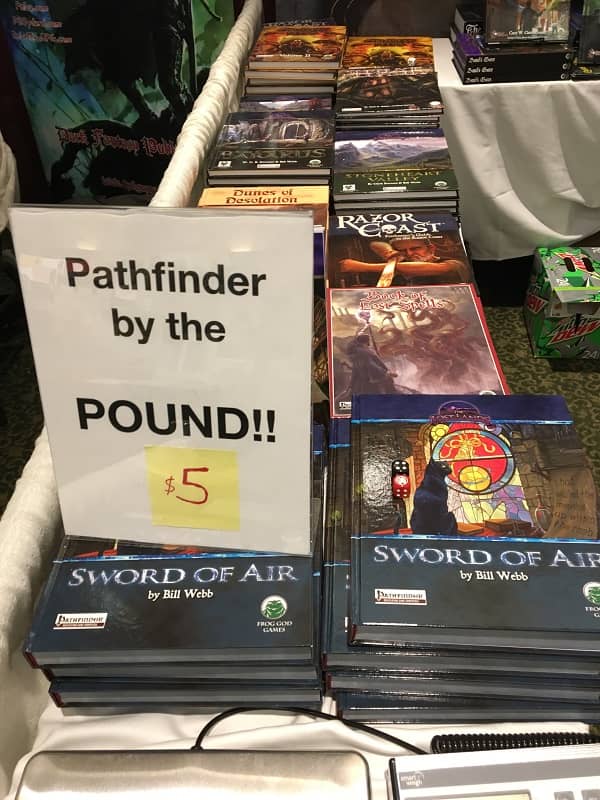
 Later today, early tomorrow, sometime next week, the world began to end.
Later today, early tomorrow, sometime next week, the world began to end.